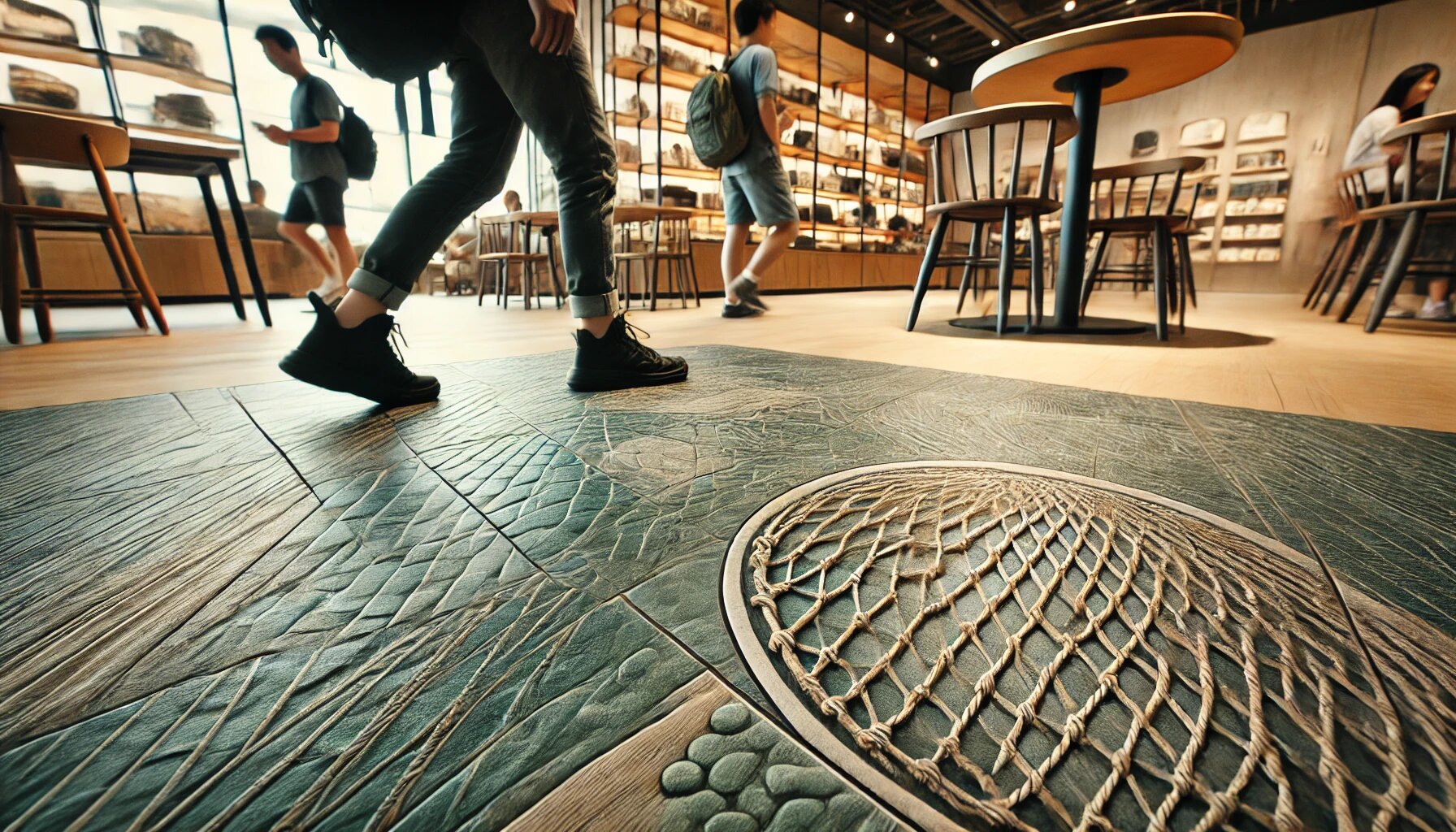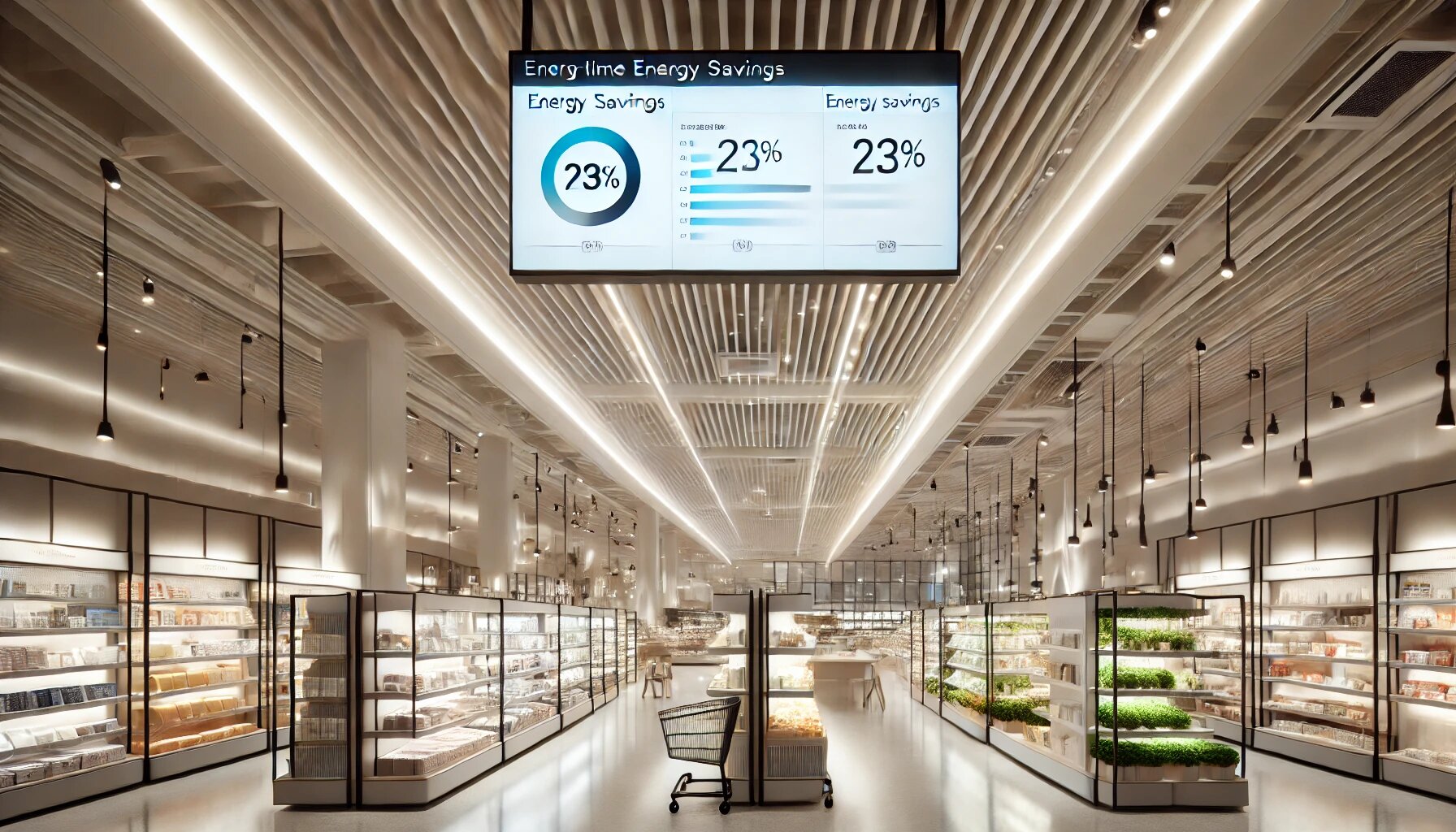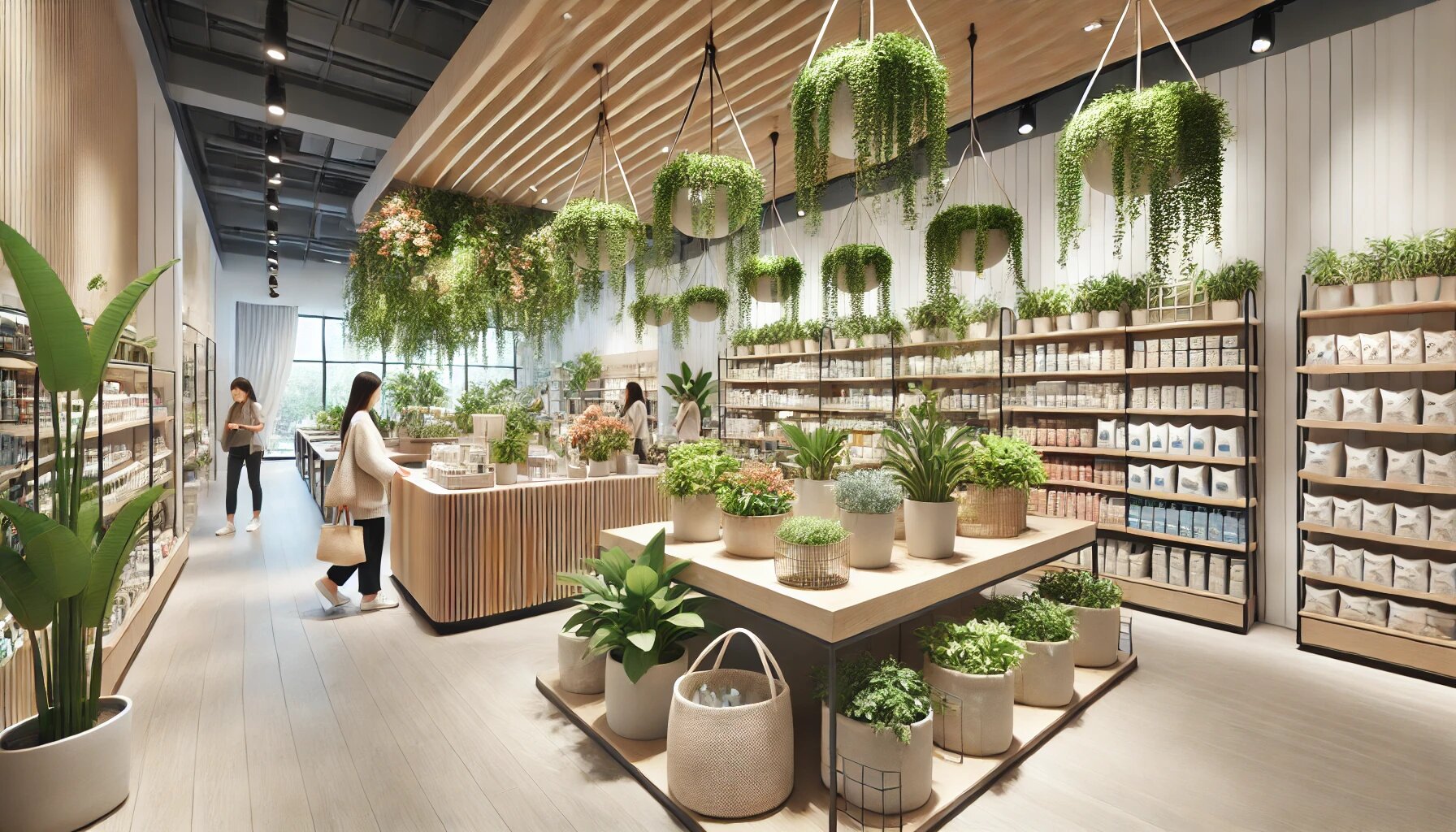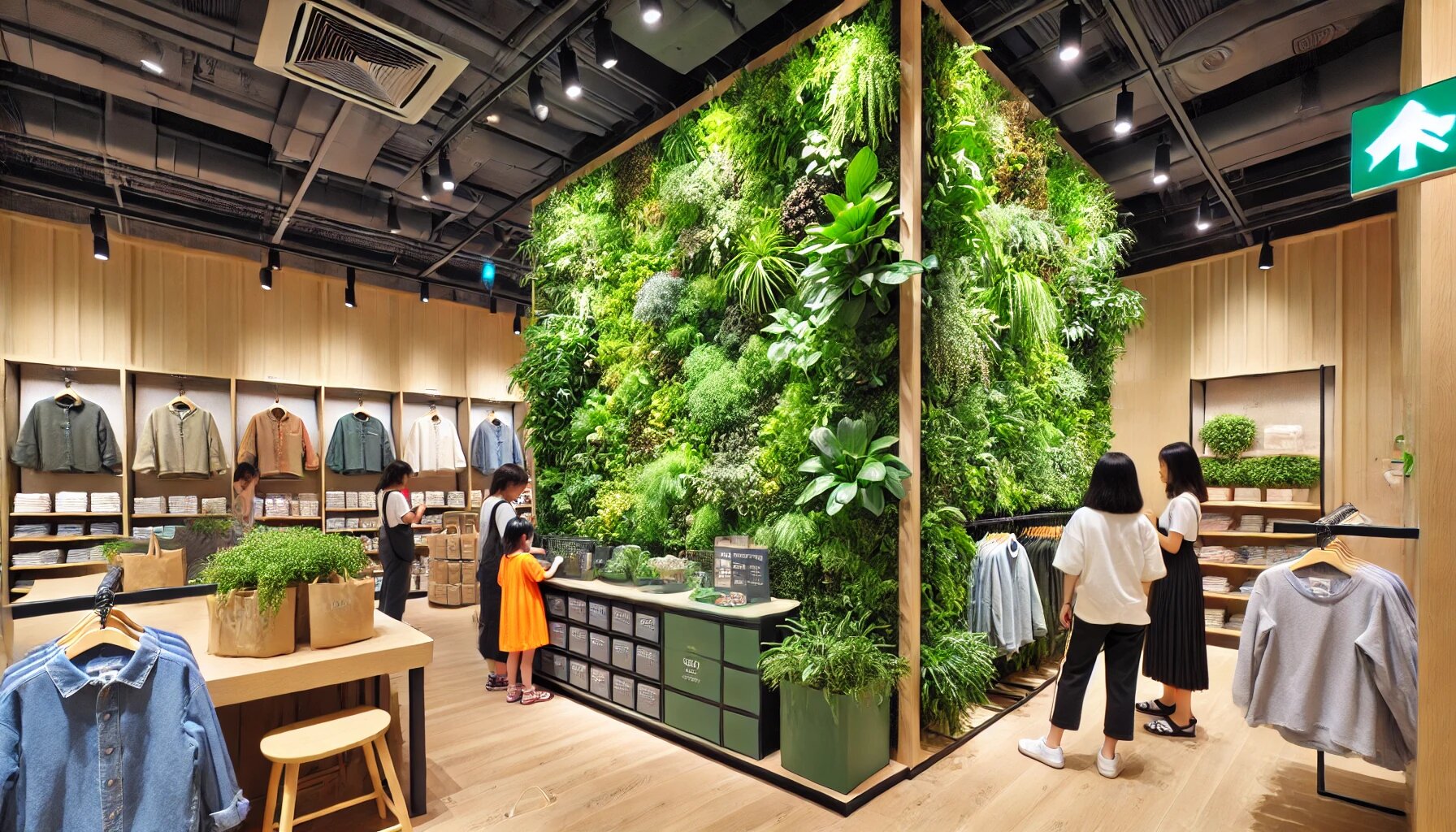Sustainability and Eco-Friendly Designs in Retail: A Blueprint for Design Engineers
In the rapidly evolving world of retail design, sustainability is no longer a buzzword—it’s a necessity. As design engineers, the challenge lies in creating spaces that are not only visually appealing and functional but also kind to our planet. Here, we delve into three pivotal areas: the use of recycled materials, energy efficiency, and the integration of green spaces. Each element plays a crucial role in shaping the future of eco-friendly retail environments.
1. Use of Recycled Materials
Why Recycled Materials?
Incorporating recycled materials into retail design reduces waste, conserves resources, and lowers the carbon footprint of construction and fixtures. The beauty of these materials lies in their versatility and potential to add unique character to a space.
Examples and Ideas:
- Fixtures and Displays: As engineers, we can specify materials like reclaimed wood and recycled metals for fixtures and displays. For instance, using reclaimed wood for shelving units or checkout counters not only tells a story but also offers a rustic charm that enhances a brand’s narrative. Design these elements to maximize structural integrity and aesthetic appeal. For sourcing, consider Reclaimed Wood Exchange or American Recycled Plastic.
- Flooring: Consider recycled tiles and carpet tiles made from old fishing nets or plastic bottles. These materials are durable and stylish, offering a wide range of design possibilities. Engineering the installation process to ensure long-term durability is key, ensuring that the aesthetic and functional aspects align with sustainability goals. Learn more about sustainable materials from this EPA report on sustainable materials management.
- Packaging: Encourage the use of recycled materials in packaging design. Collaborate with suppliers to ensure the structural integrity and protection of products while reducing overall waste.
2. Energy Efficiency
Why Energy Efficiency?
Energy-efficient systems reduce operational costs and minimize the environmental impact of retail spaces. Implementing energy-saving technologies is a win-win, offering both economic and ecological benefits.
Examples and Ideas:
- Lighting: Engineers can play a crucial role in the transition to LED lighting, which uses significantly less energy than traditional bulbs and has a longer lifespan. Implementing smart lighting systems that adjust based on natural light levels and occupancy can further enhance energy savings. Design the lighting layout to ensure optimal illumination with minimal energy consumption. For more information, refer to this guide by the U.S. Department of Energy.
-
HVAC Systems: Invest in high-efficiency HVAC systems that optimize energy use while maintaining a comfortable shopping environment. Incorporating smart thermostats can provide real-time adjustments based on store occupancy and external weather conditions. As engineers, it’s essential to design these systems for maximum efficiency and integrate them seamlessly into the building’s overall energy management plan. Check out the Energy Star program for efficient HVAC solutions.
- Appliances: Choose Energy Star-rated appliances for in-store operations, from break room refrigerators to electronic display screens. These appliances consume less energy without sacrificing performance. Engineers can ensure these systems are integrated in a way that minimizes energy use and maximizes efficiency.
3. Green Spaces
Why Green Spaces?
Integrating green spaces within retail environments not only improves air quality but also enhances the aesthetic appeal and overall customer experience. Plants can create a calming atmosphere, encouraging customers to spend more time in-store.
Examples and Ideas:
- Indoor Plants: Strategically place indoor plants throughout the store. Engineers can design these spaces to include proper irrigation and drainage systems, ensuring plants thrive with minimal maintenance. Consider hardy varieties like snake plants or pothos that require minimal maintenance but significantly impact air quality.
- Green Walls: Install green walls or vertical gardens to make a bold design statement while contributing to air purification and humidity control. Engineers can design these installations to fit any space, considering factors like weight load, irrigation, and maintenance access.
- Biophilic Design: Incorporate natural elements into the overall design. Use natural light, water features, and organic materials to create a connection with nature. This approach not only boosts mood and well-being but also aligns with sustainable design principles. Engineers can ensure that these elements are integrated efficiently and effectively, maximizing their impact while minimizing resource use. Explore biophilic design principles in this guide by Terrapin Bright Green.
Final Thoughts
Sustainability in retail design is about making conscious choices that benefit both the environment and the bottom line. By integrating recycled materials, enhancing energy efficiency, and creating green spaces, retail design engineers can lead the charge in building a greener future. Each step taken towards sustainability is a step towards a healthier planet and a more resilient business.
As design engineers, we have the power to shape the retail landscapes of tomorrow. By embracing eco-friendly practices today, we can create spaces that inspire, engage, and sustain for generations to come. Our role is not just to implement sustainable designs but to innovate and push the boundaries of what is possible, ensuring that every project contributes positively to the environment and society.
Other articles that you might like:








